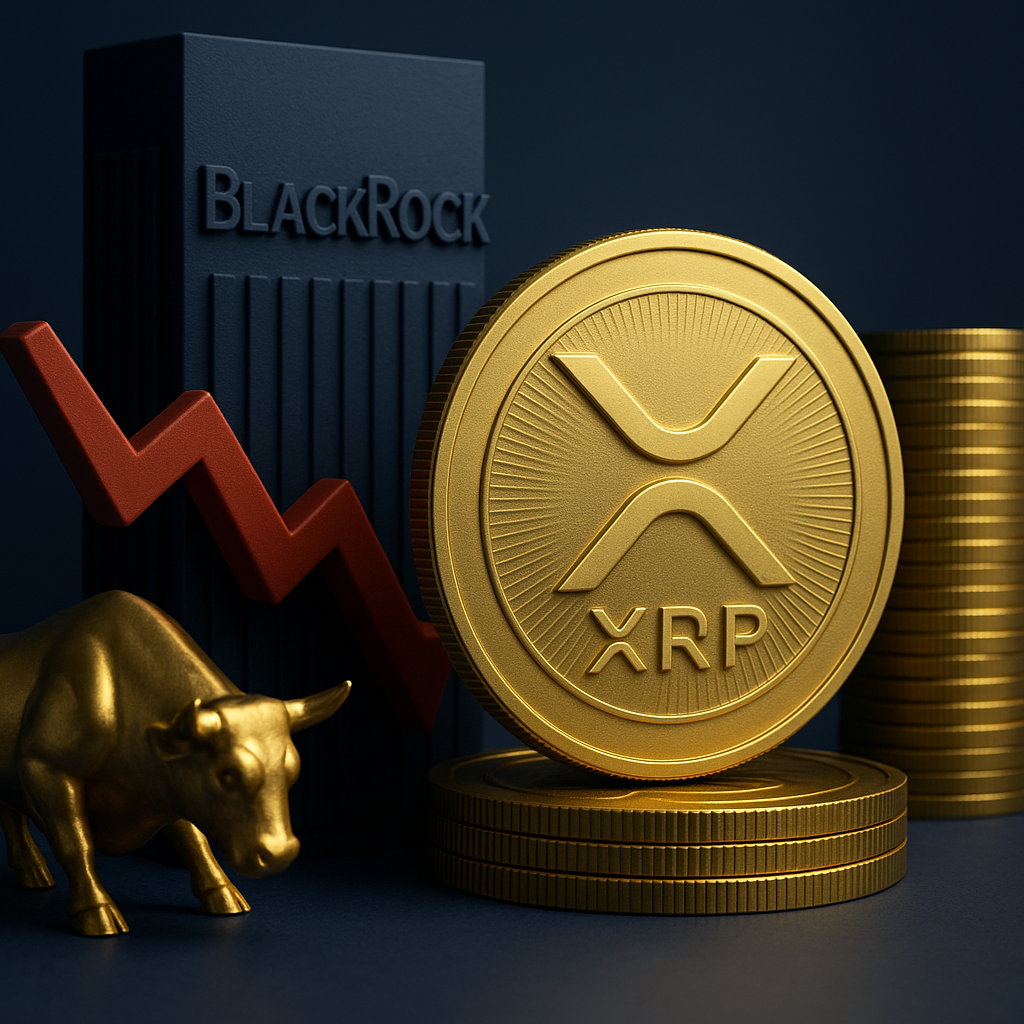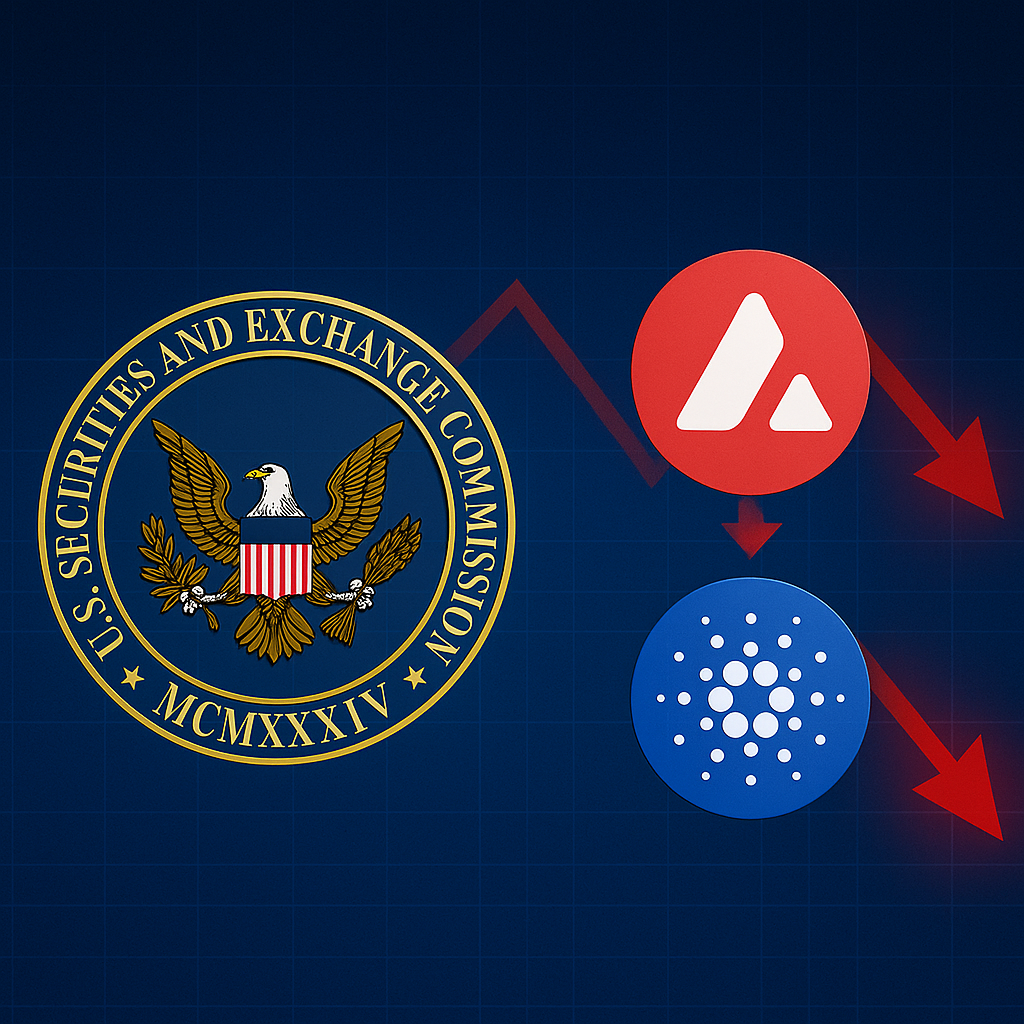At Consensus 2025 in Toronto, PayPal Crypto Head Jose Fernandez da Ponte made waves by challenging common crypto assumptions. Banks aren’t the enemy. They’re the missing link. While decentralization is a hallmark of crypto, he argued that legacy financial institutions are crucial to making stablecoins mainstream.
Banks Aren’t the Problem, They’re the Platform
“It might sound counterintuitive, but banks are essential to this space,“ Fernandez explained. “Custody, fiat integration, and compliance infrastructure are what allow stablecoins to scale safely.”
His comments landed at a pivotal moment. U.S. lawmakers are nearing the passage of long-awaited stablecoin legislation, which could officially open the gates for banks to offer stablecoin services and usher in a new era of regulated, trusted digital currencies.
- Unlock Your Winning Streak — Use the Cbet Bonus Code Today and Boost Your First Bet!
Stablecoin Regulation Set to Unlock Mass Adoption
Anthony Soohoo, CEO of MoneyGram, echoed this outlook. “The upcoming legislation is going to be a trust catalyst,” he said. “It’ll resolve doubts and help legitimize the space in the eyes of everyday users and institutions alike.”
With regulation on the horizon, both leaders anticipate a flood of new stablecoin issuers, followed by industry consolidation. “There won’t be 300, but there won’t be just two either,” Fernandez predicted.
Don’t Just Look at Market Cap, Look at Movement
Today, Tether (USDT) and Circle’s USDC dominate nearly 90 percent of the $230 billion market. PayPal’s PYUSD, launched in 2023, has a smaller footprint at $900 million. However, Fernandez doesn’t see market cap as the main metric.
“We measure velocity, number of active wallets, and transaction volume,” he emphasized. “That’s what shows real user engagement.“
In Hyperinflation Zones, Stablecoins Are a Lifeline
Across emerging economies, stablecoins are gaining real-world traction. As local currencies suffer from volatility, consumers turn to dollar-backed stablecoins for savings and global remittances.
“We serve over 200 countries and nearly 500,000 cash-access points,” said Soohoo. “Stablecoins allow us to deliver digital dollars that can still be withdrawn as cash where needed.”
🧾 In Developed Markets, Stablecoins Can Redefine Treasury Ops
Although slower in developed countries, stablecoin adoption is growing in corporate finance and cross-border settlements.
“Before stablecoins, Fridays were a rush to beat weekend settlement deadlines,” said Fernandez. “Now, we move money across continents in under 10 minutes.”
Forget the Hype, Focus on Problem-Solving
Both Soohoo and Fernandez agreed that utility, not buzz, will drive the next phase of stablecoin growth.
“Consumers don’t care about the term ‘stablecoin‘. They care about solving problems like sending money faster or protecting value,” said the PayPal Crypto Head. “We’re halfway through a ten-year journey. Regulation will define the next chapter.“






